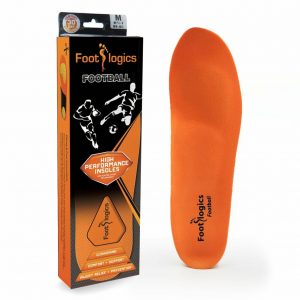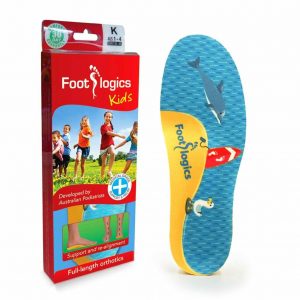Heel Pain
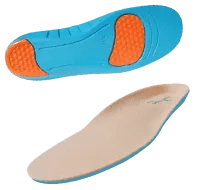
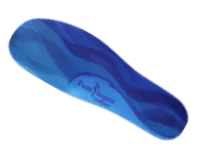
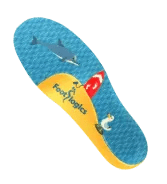
Recommended orthotic insoles for Heel Pain
Did you know that of all foot conditions, heel pain, or Plantar Fasciitis, is the most common? In fact, more than 600,000 people in Canada alone suffer from heel pain. Heel spurs are another common foot condition but contrary to what many think, are only a symptom and not the real source of pain.
Plantar Fasciitis manifests itself as a sharp, stabbing pain at the bottom or front of the heel bone. Pain is most commonly experienced after long periods of inactivity and is at its worst in the morning, during your very first steps out of bed. Although everyone’s pain levels vary, heel pain is stronger after you’ve been sitting, lying down or even driving for an extended period of time and is often accompanied by tight calf muscles and Achilles Tendons. Throughout the day, the pain will diminish as your nerves and tissues adjust and adapt to the inflamed area.
Plantar Fasciitis (Latin for “inflammation of Plantar Fascia”) is the most common cause of heel pain and heel spurs. Located underneath your foot, the Plantar Fascia is a flat band of fibrous tissue connecting your heel bone to your toes. As you can imagine, for optimal foot function, the Plantar Fascia must be strong and flexible – but for many people, this is not the case.
With every step, the Plantar Fascia is stretched. Due to any number of factors, which may include weight gain, aging and incorrect foot function, this stretching can be excessive. The result is a ligament that begins to pull away from its weakest point: where the Plantar Fascia inserts into your heel bone (medically referred to as the calcaneus). This perpetual tension eventually leads to micro-tears in the tissue and inflammation of the calcaneus, which causes pain in the heel.
Every time you rest, whether you’re sitting or lying down, the Plantar Fascia tightens and shortens. When you get up, your feet instantly absorb your full body weight and with each step the Plantar Fascia is forced to lengthen and stretch. This causes micro-tears, which is exactly what you’re feeling when you experience those sharp, stabbing pains. The body responds to the continuous pulling action of the Plantar Fascia by developing a bony growth on the heel bone, called a heel spur or calcaneal spur. Heel spurs are a symptom of Plantar Fasciitis and do not actually cause any pain themselves. The heel pain you experience from this condition comes from the tension of the ligament and tiny micro-tears that occur.
You may be more likely to develop heel pain caused by Plantar Fasciitis if:
- Your foot flattens or rolls in as it lands (over-pronation)
- You are subject to standing or walking on very hard surfaces for extended periods of time (i.e. for your job)
- You have recently gained a significant amount of weight or you are pregnant
- The muscles and tendons in your feet are tight
- You are over the age of 45
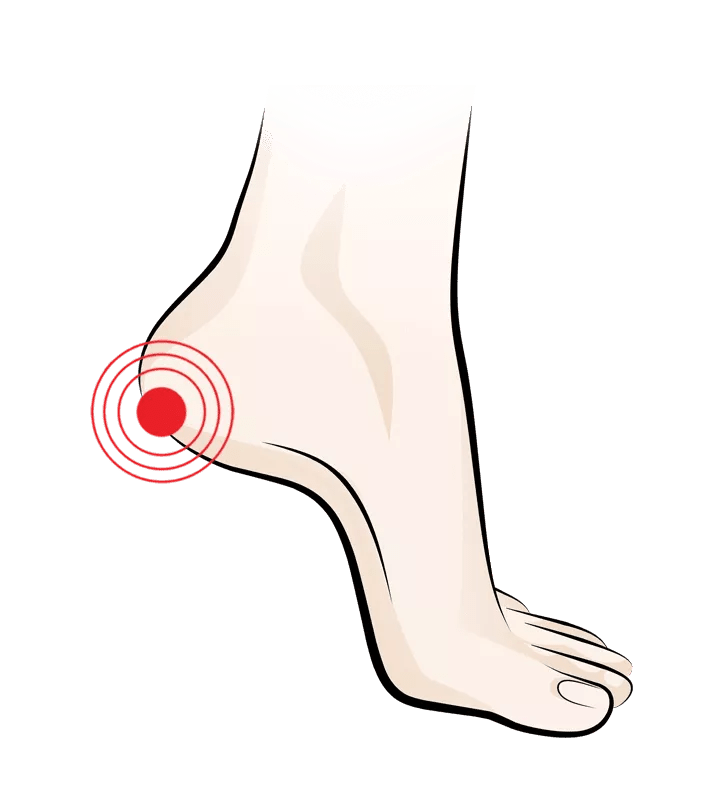
Heel Pain treatment
If you’re someone who suffers from heel pain, there are a number of treatments available. As always, everyone responds differently to treatment and some tend to be more effective than others.
Shockwave Therapy
Formally referred to as Extra Corporeal Shockwave Treatment (ESWT), this form of therapy transfers targeted shockwaves to the affected area of the heel. Stimulating healing in the tissue and ligaments, ESWT reduces pain and inflammation but usually takes 3 to 4 months to take full effect.
Cortisone-Steroid Injections
Just as it sounds, this treatment involves cortisone-steroid injections directly into the affected area. They tend to be quite painful and offer relief for only a few months. It is important to understand that cortisone injections, although they do diminish pain, do not address the source and root cause of the condition, which is biomechanical.
Surgery
As a last resort, surgery may be suggested. An incision is made into the ligament and a partial cut is made to the Plantar Fascia to release tension. If you have a heel spur, this will also be removed during surgery.
Treatment You Can Do On Your Own
Rest, Rest, Rest!
Plantar Fasciitis is the inflammation of the ligament around your heel bone, and for any injury involving inflammation rest is one of the best cures. Your body is capable of healing the inflamed area, but only if you give it a chance to recover properly. For a minimum of 6 weeks, avoid walking long distances, running, impact sports and standing for extended periods of time. Most importantly, do not walk in bare feet on hard surfaces – especially first thing when you wake up.
Special Exercises for Heel Pain
If you suffer from heel pain, this may be due to tight calf muscles and Achilles Tendons, which can alter the way you walk thereby causing excess strain on the Plantar Fascia. Increase the flexibility of these muscles by performing specific heel pain exercises.
Ice the Area
Ice your heel for 10 minutes two to three times every day. For maximum penetration, place a wet dishtowel or paper towel between your heel and the ice pack. Icing provides temporary pain relief and works to reduce the inflammation in your heel.
Anti-Inflammatory Medications
Nurofen and Advil are two anti-inflammatory medications that can help to decrease inflammation of the Plantar Fascia. Follow the instructions on the side of the bottle for best results.
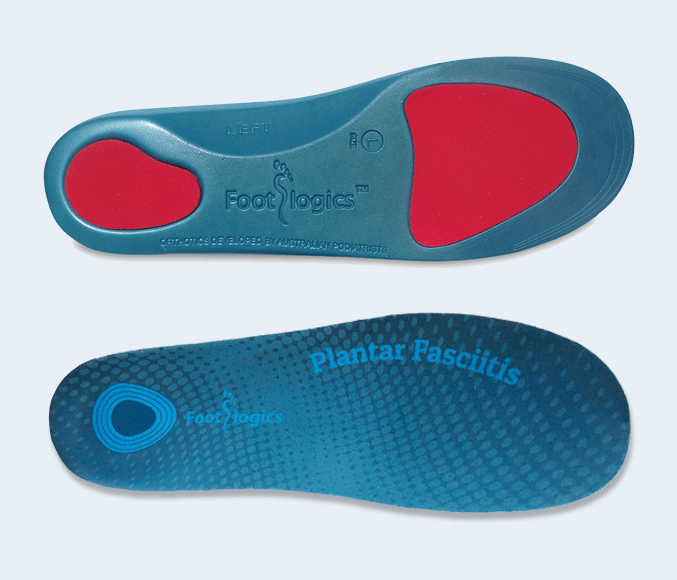
How Footlogics Orthotics Can Reduce Your Heel Pain
The American Orthopedic Foot and Ankle Society conducted a heel pain study whose results demonstrated that when pre-made orthotics were worn (not expensive, custom-made orthotics) and accompanied by daily exercises, 95% of patients experienced significant, lasting relief from heel pain. Many other additional heel pain studies have shown similar results when orthotics and exercises are used to treat heel issues in the foot.
Foot orthotics are corrective insoles you place in your shoes that work to support the arch and re-align the ankle and lower leg. Footlogics orthotics were developed by Australian podiatrists and are specifically designed to support the arches of your feet and reduce tension in the Plantar Fascia. This helps inflamed tissues heal fast. More importantly, Footlogics orthotics help to correct the root, biomechanical causes for your heel pain, giving you effective, sustainable pain relief.

